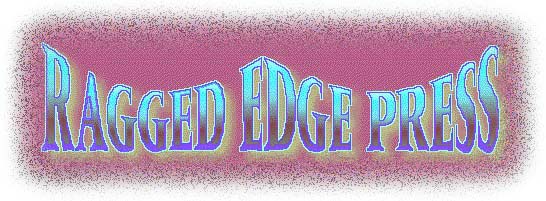
Advice from your Printer..

STARTING
THE PROJECT
In general, when planning a printing job I recommend that you "turn
the job on its head" or start thinking about it from its last steps,
then work your way backward to the beginning. For example: When do you
need it? How is it to be distributed...a folder mailed...a letter in an
envelope...a book to sit on a table at a conference...or a poster for
the street? How much binding and special handling, packing or shipping
is involved? How sophisticated (and complicated) is the printing involved...is
there special paper or heavy ink coverage so that extra drying time or
custom coating is required? What kind of proofs are needed before printing?
Should the job be press ok'ed by you or your designer? What are the potential
trouble areas, that can cost you time or money?
Sounds like you need someone like me to help you along.
THE COMPUTER ALMOST RULES
For the most part all printing, traditional offset to state-of-the-art
digital printing "starts" on a computer. Keep in mind though,
that simply designed jobs can still be accomplished inexpensively &
effectively by starting with clearly produced hard copy, such as a black
and white laser print. Your computer files are processed to produce "post
script' files, which are then utilized in various ways to enable the output.
COMMONLY USED SOFTWARE
The type of files created by you or your designer-their accuracy and complete
preparation- are vital to the ease and success of your finished project..
The standards of the industry for page layout are Quark Express and Pagemaker.
For the creation of graphic images: Illustrator, Freehand, Photoshop &
Correl Draw. Other programs like IN Design are also acceptable, but files
from applications like Microsoft Word, Publisher and Power Point are much
more difficult for printers to use.
TRANSFER STATION
In any case the completed files must be include the"mother"
files and all the anciliary images like high resolution Tifs, J Pegs,
Eps and copies of all fonts which you've used.
Note for PC users on copying fonts: from the Start menu go to Settings,
then Control Panel, and open the Fonts directory. Copy each font needed
for printing into a new directory on the desktop, and name it Fonts. If
you are emailing the job, make a compressed Zip file of the new Font directory
before attaching it to the email.
The completed files can be sent to us in various ways: copied to a CD
or Zip disk, emailed or sent via FTP (File Transfer Protocol).
COLOR COORDINATION
When colors are specified, make sure that your files are configured with
the correct color information. Spot colors should not read as CYMK, full
color printing should not read as RGB. When image is to run off the edge
of the sheet, make sure bleed is included, that is image on the file beyond
the trim marks.
WHEN ALL ELSE FAILS, DON'T BLAME
ME
For a multitude of reasons things can go wrong. I often say to my customers
that I can't give you a masters degree in printing & desktop publishing
in 15 minutes on the phone (even though I often am able to help them significantly).
I highly recommend that you see hard copy proofs (or at least faxes of
them) before we actually print the whole job.
121 VARICK ST. 9th FL, NEW YORK, NY 10013
212-962-4488